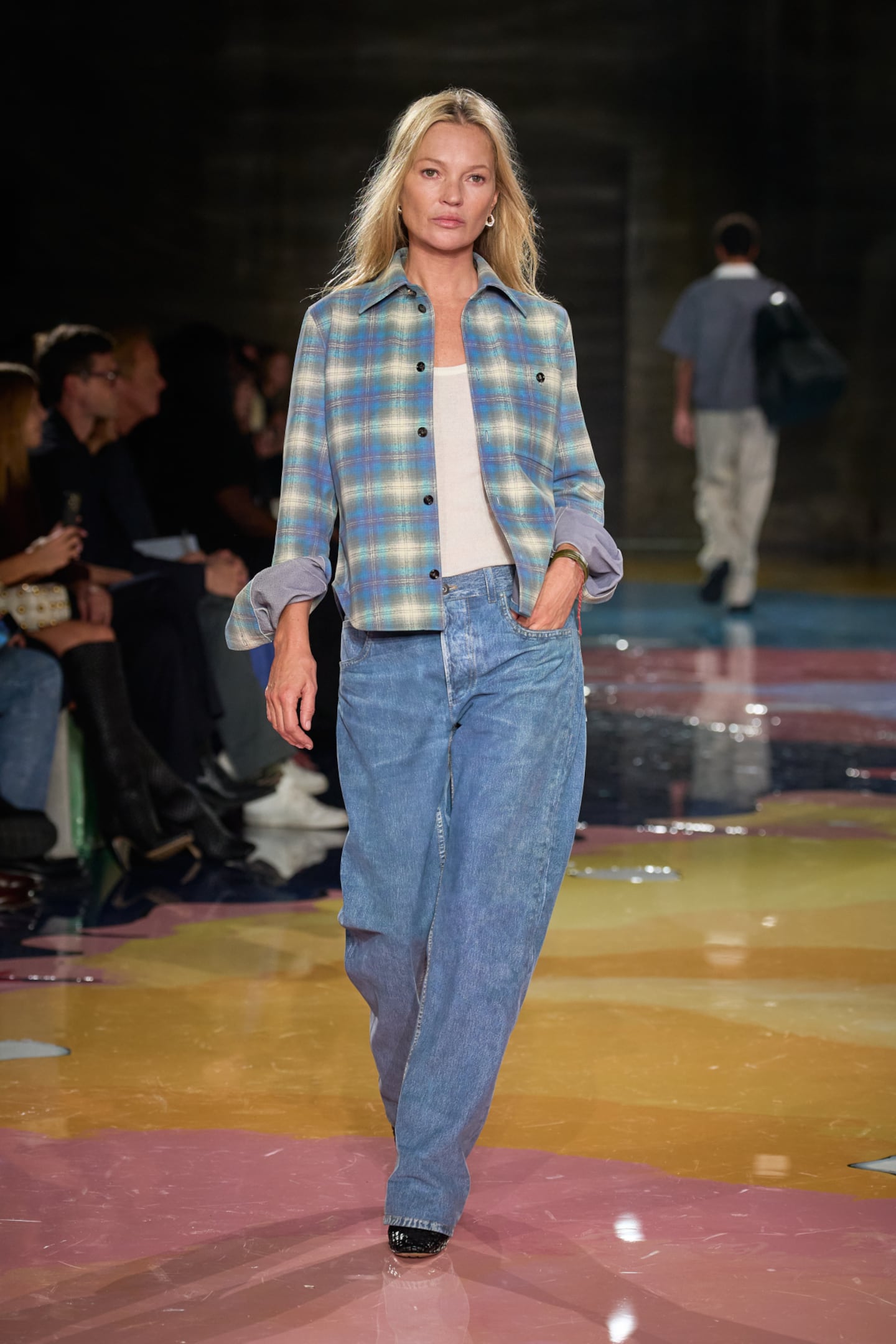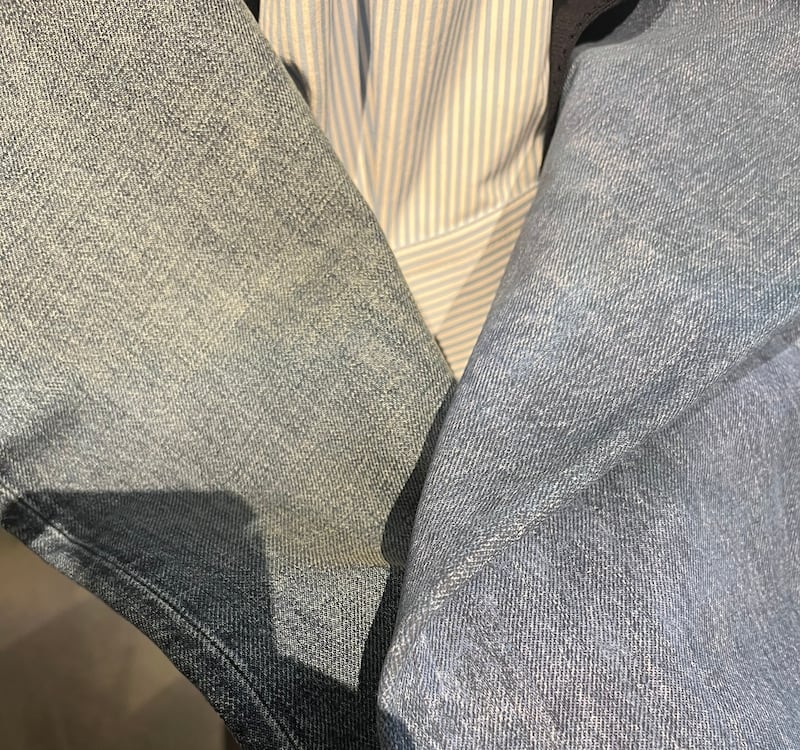
The Business of Fashion
Agenda-setting intelligence, analysis and advice for the global fashion community.

Agenda-setting intelligence, analysis and advice for the global fashion community.

Technology is still often thought of as being at odds with craftsmanship, replacing the work of human hands with processes that are mechanised, automated and ultimately soulless. The bias is common enough that challenging it provided the basis for the New York Metropolitan Museum of Art’s annual fashion exhibition in 2016, “Manus x Machina: Fashion in an Age of Technology.”
“One always thinks the hand is representative of superiority or luxury, the machine is inferior,” Andrew Bolton, head curator of the Met’s Costume Institute, told BoF at the time. “Sometimes, a garment produced by a machine is so much more time consuming and complex.”
Some of the more exciting uses of technology in fashion today, in fact, are happening in the service of craftsmanship. Take the recently wrapped Milan Fashion Week, where a few of the standout garments from what was generally regarded as the standout show wouldn’t have been possible without it.
In his second collection for Bottega Veneta, creative director Matthieu Blazy returned to the printed leather he introduced in his debut for the brand earlier this year. Along with the leather jeans and tanks he brought back, he showed new leather items like plaid shirts, including one worn casually by Kate Moss, the sleeves nonchalantly turned up.
ADVERTISEMENT
Digital printing on leather isn’t new in itself, and Blazy isn’t the first designer to use a trompe l’oeil effect. But the combination allowed Blazy to take everyday staples with the same ease and lived-in look of worn cotton and elevate them to the height of luxury. (Undoubtedly with a price to match; the jeans from the first collection will set you back $6,800.) The result made something familiar feel fresh and intriguing — “perverse banality” is what Blazy called it in the show notes. As BoF’s Tim Blanks noted in his review of the Milan shows, “what he can do with leather, transfiguring seemingly normal pieces like a pair of jeans or a check shirt is outstanding.”
It might not seem like the same kind of craft practised by leather artisans or couture’s famed petit mains, but it can require a similarly exacting eye for detail.
While the notes for Saturday’s show emphasised the importance of “the traditional craft of the artisans in the Italian ateliers” in creating the collection, a level of craft was clearly also required to achieve the effect of the leather items. To create them, Bottega Veneta designed the patterns electronically and then printed them onto soft nubuck. The plaid Moss wore required 12 layers of prints to achieve its depth of colour.
In person, the leather denim is remarkably difficult to distinguish from regular cotton denim. During a recent trip to a Bottega Veneta store I held the two side by side and still struggled to tell them apart by sight alone. The main difference, not surprisingly, is in their feel. The leather denim has a satisfying weight and smooth, almost rubbery surface. Several thousand dollars is admittedly quite a bit to pay for an item that mimics something much less costly, but then practicality isn’t exactly the aim of most luxury items.

Blending tradition with new techniques has been a focus of Blazy’s in his new role.
“When I took over the job, I sat with the team — designers, but also people at the company for 20 years — and asked ourselves a simple question: ‘What is Bottega?’” he recently told Vogue. “‘What is craft, and where does it sit in tradition? How can we bring modernity?’”
Other brands have similarly turned to technology as a way to enhance craftsmanship rather than replace it. For its Nature Triomphante jewellery collection, Boucheron used a medical scanner to precisely capture the different components of several flowers.
“The idea was to produce an exact replica of the flowers with all their natural defects and without any interpretation or improvement by the hand of man,” Claire Choisne, Boucheron’s creative director, told Art Net.
ADVERTISEMENT
Under Glenn Martens, Diesel has looked to lasers to create distressed finishes, covering denim in a layer of orange or silver and then having the lasers burn the coating off to artfully reveal the material underneath. Levi’s began using lasers in 2018 to do the finishes on its jeans, which it has long considered a competitive advantage in the market and historically did by hand with chemicals and sandpaper. It designs the finishes digitally.
Of course no designer has taken fashion in fascinating new directions with technology quite like Iris van Herpen, who incorporates hand stitching with processes like 3D printing and ultrasonic welding, which uses sound to fuse the materials, to create her extravagantly original gowns.
Technology has become so integral to producing fashion that we often fail to recognise it, just because it’s so established and commonplace at this stage. The sewing machine and mechanical looms were revolutionary inventions in their time. Today you’ll struggle to find clothing not made with these technologies, including countless items considered examples of luxury craftsmanship.
Newer technologies are growing more ordinary all the time. 3D printing is becoming standard for producing fast, inexpensive prototypes. At Shang Xia’s recent collection preview, models wore 3D-printed shoes because the real versions weren’t yet finished.
There are limits to what technology can do. We still can’t automate sewing, for example, and machines can’t replicate handmade crochet.
But it’s also continuing to prove valuable at complementing the work of artisans and designers in other ways. One emerging frontier is AI for design. There are concerns it would be used to churn out copycat work and replace human creativity. But proponents argue it can also aid creativity. One artist told Wired it has allowed him to test new ideas faster.
Image-generating AI programs like Dall-E Mini show how close the technology is to producing credible imitations of designer clothing, a scenario that would have a range of consequences for fashion.
Efforts to automate sewing have fallen short of expectations.

Marc Bain is Technology Correspondent at The Business of Fashion. He is based in New York and drives BoF’s coverage of technology and innovation, from start-ups to Big Tech.
TikTok’s first time sponsoring the glitzy event comes just as the US effectively deemed the company a national security threat under its current ownership, raising complications for Condé Nast and the gala’s other organisers.
BoF Careers provides essential sector insights for fashion's technology and e-commerce professionals this month, to help you decode fashion’s commercial and creative landscape.
The algorithms TikTok relies on for its operations are deemed core to ByteDance overall operations, which would make a sale of the app with algorithms highly unlikely.
The app, owned by TikTok parent company ByteDance, has been promising to help emerging US labels get started selling in China at the same time that TikTok stares down a ban by the US for its ties to China.